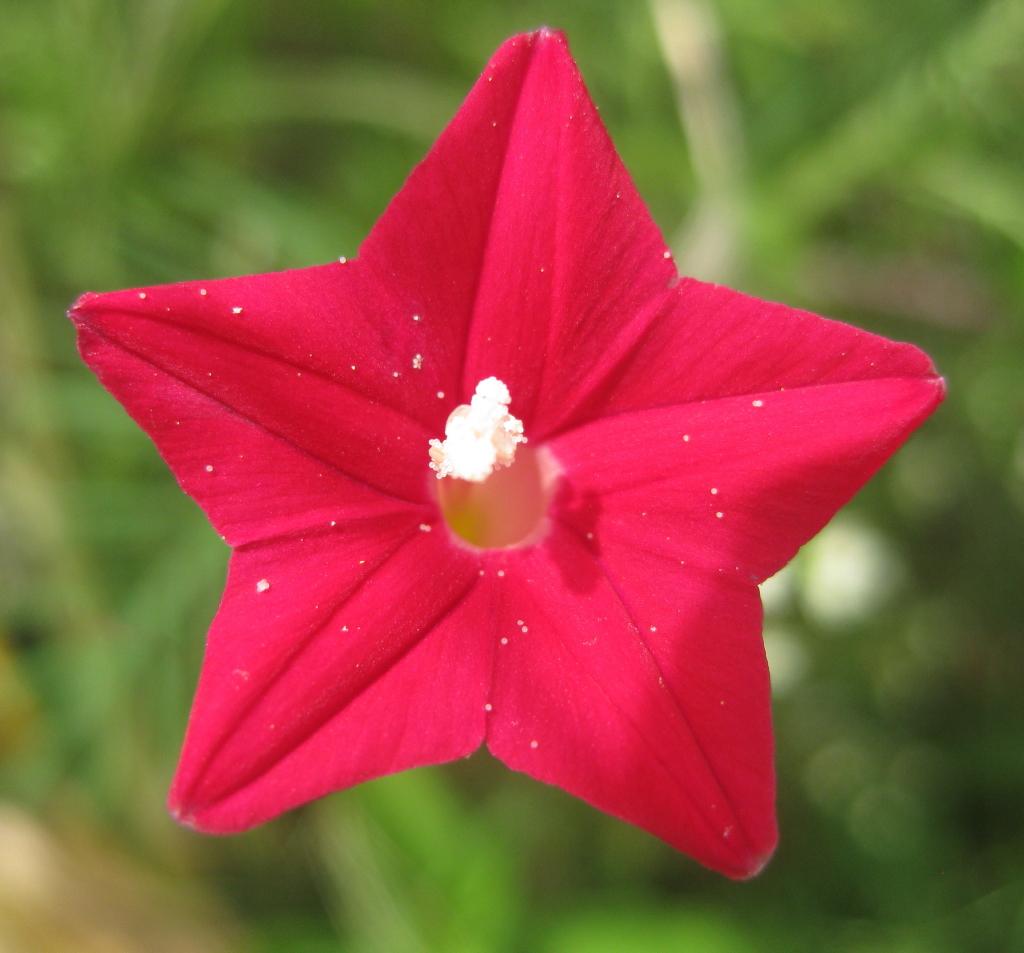
Cypress vine (Ipomoea quamoclit)
Cypress vine, also known as Cardinal vine, Cypressvine morning glory, Cardinal creeper
Cypress vine (Ipomoea quamoclit) features delicate, fern-like leaves and striking star-shaped red blossoms. To flourish, it requires full sunlight and well-drained soil, ensuring the soil remains moist without becoming waterlogged. Providing a climbing structure, such as a trellis, supports its rapid growth. This vine is notably resistant to deer and is highly attractive to hummingbirds and butterflies. Like its relative, the Morning Glory, Cypress vine is toxic.
Key Facts About Cypress vine
Attributes of Cypress vine
Scientific Classification of Cypress vine
Toxicity
Golden pothos contains a chemical called calcium oxalate, which is mildly toxic to humans if ingested or if the skin comes into significant physical contact with its sap. Symptoms of ingesting golden pothos may include eczema, burning, inflammation of the mouth, and vomiting. Contact with the sap can also cause dermatitis.